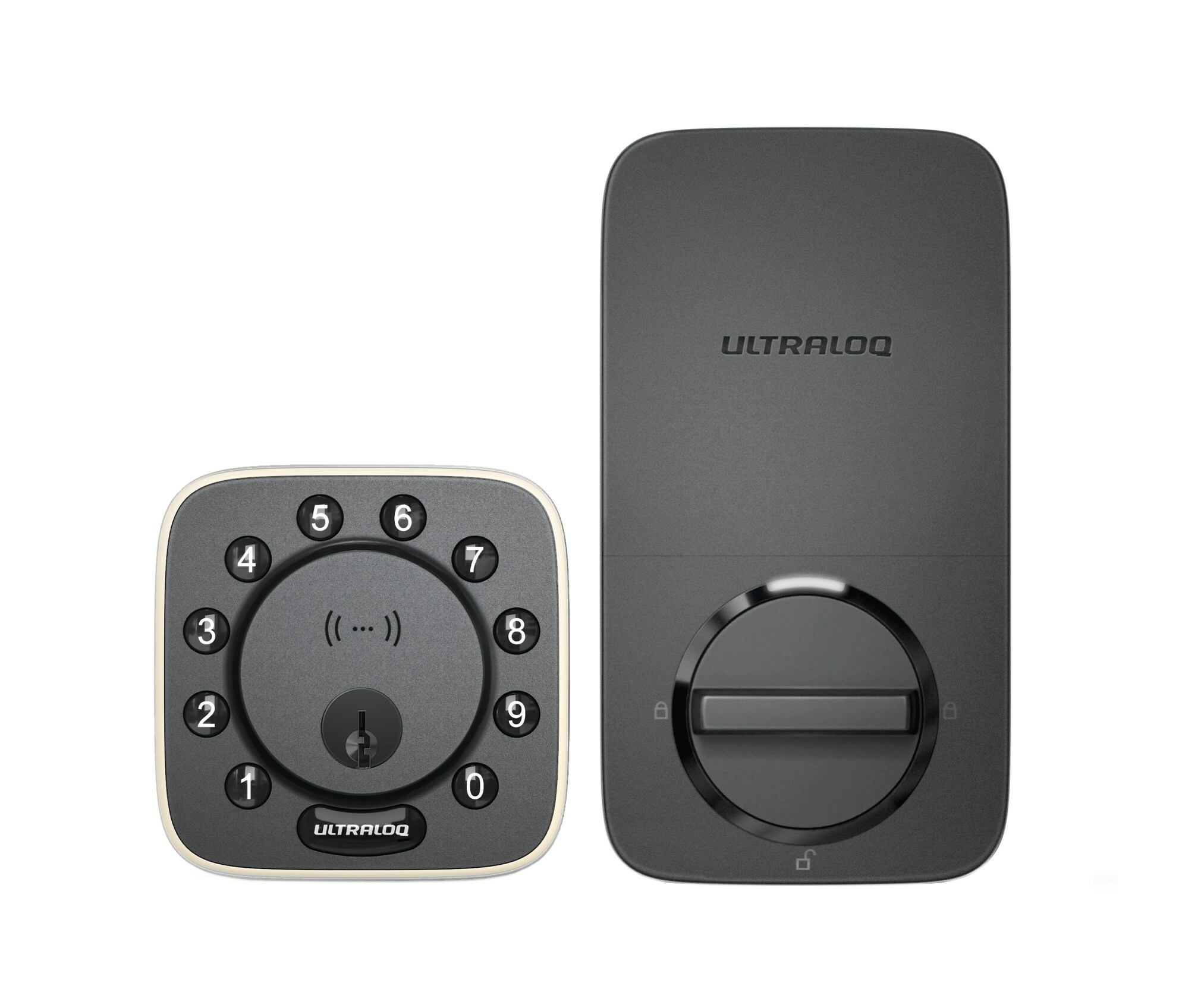How Do Multimeters Work?
Multimeters are one of the most commonly used test equipment tools. These diagnostic tools play an important role in troubleshooting electrical problems and safeguarding your business. Multimeters are not just used to test circuits but can also be used to measure voltage, continuity and resistance in electrical components and circuits. These safety tools are also used to measure additional parameters such as capacitance, impedance and inductance, thereby safely maintaining the electrical system in your office and other work environments.
Multimeters come in two types – analogue and digital – and both can be used to test circuits and electrical systems.
Parts of a multimeter
A multimeter has the following parts:
- A display screen that shows the values of the measurement of each parameter.
- A selection dial or knob that allows the user to set the multimeter to read different electrical parameters such as current, voltage, resistance, capacitance, etc.
- Two ports to plug in the probes. The ports are in different colours – red and black.
- Two leads in different colours – red and black.
- Two probes in different colours – red and black.
- Tips are present at the end of the probes.
Using a multimeter to measure the voltage
To measure voltage, you will have to first set the multimeter’s knob or dial to the voltage mode. To measure the voltage of a battery terminal, connect one side of the black probe into the black port and the other side to the battery’s negative terminal. Connect one side of the red probe into the red port and the other side to the battery’s positive terminal. Once you press the probes against the positive and negative terminals, you will see a voltage measurement displayed on the screen. If the battery is dead or weak, no display is seen.
Using a multimeter to measure the current
To measure current, you will have to turn the multimeter’s knob or dial to the current mode. Pull out the red lead going to the resistor and connect the black probe from the multimeter to it. Then connect the red probe to the positive terminal of the power. The measure of the current flowing through the circuit will be displayed on the screen.
Using a multimeter to measure the resistance
To measure resistance with a multimeter, turn the knob to the resistance mode. The next step is to connect both the probes to the two ends of the resistor. The values will be displayed in Ohms.
Using a multimeter to measure conductivity
To measure conductivity, turn the knob to the conductivity mode. Check the conductivity between two points by placing the two probes on two points.
If you are a business owner, you would need a digital multimeter to safeguard, troubleshoot and conduct maintenance tests on your electrical circuits and to measure circuit parameters. Multimeters are analytical tools that have an extensive role in checking the electronic and electrical systems.





